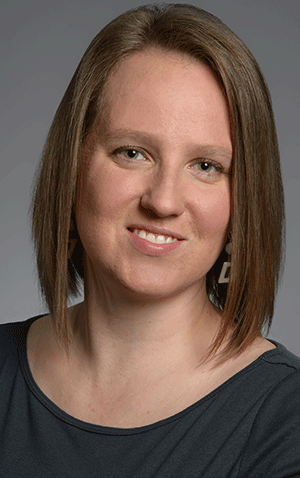Project seeks to map activity of seniors ‘Everybody talks about precision health care and doing genetic sequencing , but this is the other side'

By Theresa Flaherty, Managing Editor
Updated 11:05 AM CST, Fri January 28, 2022
 COLUMBIA, Mo. – A new project puts eyes in the homes of seniors living in rural areas to see what is happening in real time, says Rachel Proffitt of the University of Missouri and principal investigator.
COLUMBIA, Mo. – A new project puts eyes in the homes of seniors living in rural areas to see what is happening in real time, says Rachel Proffitt of the University of Missouri and principal investigator.
“This is one of the first times putting (such monitoring) into the home and pushing it into the rural areas,” said Proffitt, an assistant professor in the MU School of Health Professions. “Everybody talks about precision health care and doing genetic sequencing and personalized medications, but this is the other side. It’s not genetics; it’s looking at behavior and activity, which is very personal and different for everyone.”
As part of the three-year, $2.1 million project, funded by a grant, motion-detecting sensors will be installed in common areas of participants’ homes to monitor their movement, sleep quality and vital signs.
The participants self-identify as having a disability or as having difficulty with one self-care task, such as getting dressed or getting in and out of the shower, or two daily activities, such as cooking a meal or feeding the dog, said Proffitt.
“Computers are really good at looking at patterns that we, as humans, are really bad at,” she said. “Most of this is activity patterns, so we can look at walking, for example. Speed of walking is typically an indication of the increased likelihood of a fall.”
Data from the sensors will be monitored by a care team, including occupational therapists, nurses and social workers, who can intervene when there is a deviation from the normal baseline, says Proffitt.
“The system will trigger an alert and that’s when the interveners can have a conversation with the individual, who may say, ‘Well, I had a cold,’ or, ‘I was traveling,’” she said. “If it’s the sleep sensors (showing that the individual) is getting up in the middle of the night, the intervener can say, ‘Maybe you need to follow up with your primary care physician.’”
Having data to show the benefits of small changes on health can improve quality of life in so many ways, says Proffitt.
“People can be resistant, but you can potentially show them that when you are able to get that walk in, you sleep more at night,” she said. “Then they can set a bigger goal like meeting a friend or whatever they are excited about.”
Comments